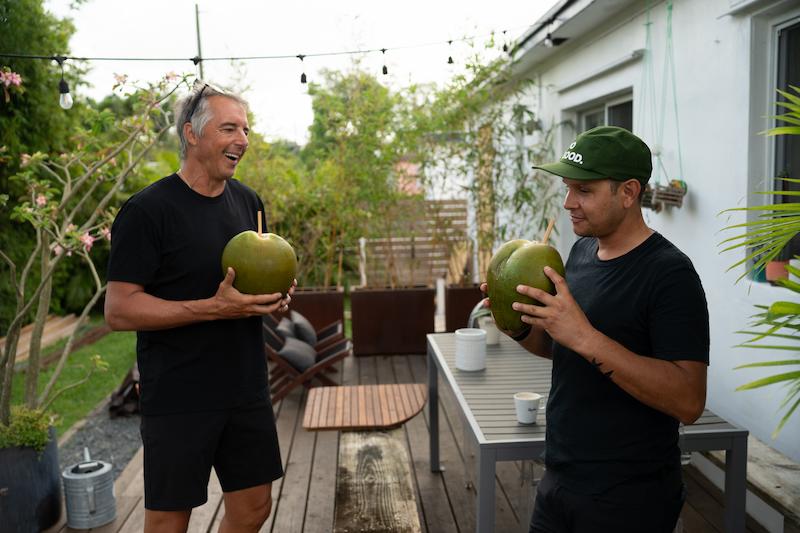We dined out twice yesterday, something that seldom occurs in our household unless we’re on holiday. For lunch I restricted myself to a turkey sandwich and potato salad, but tipped the sensibility scale by accompanying these reasonable portions with three beers.
Following the requisite nap and a round of yardwork, we ventured out for dinner. A platter of enchiladas, chips and salsa ensued, and I waddled home faily annoyed with myself for letting my health and wellness resolutions wane (again).
But not altogether that annoyed. Somewhere there is a chapter of Trenchermen Anonymous, and I’m in no hurry to find it. I do better than before, and not as good as I might. When fried chicken is your spirit animal, the struggle is real, and veggie-plant-whole grain intentions fall far too easily to the curb.
An article at The Economist is hopeful, albeit with an injection of realism: How to eat to 100: Dan Buettner’s book explores America’s healthiest cuisines.
Nearly 70% of American adults are overweight; over a third are obese. Grocery shops contain aisle after aisle of salty crisps, sugary drinks and processed snacks. Cues to eat unhealthily abound. But if this is your archetypal American diet, argues Dan Buettner in “The Blue Zones American Kitchen”, a work of anthropological reporting posing as a cookbook, you are looking in the wrong places.
Mr Buettner studies and writes about “Blue Zones”, areas where people tend to live long, healthy lives, with unusually high numbers of centenarians and long life expectancy in middle age. In this book, he finds the principles of Blue Zone diets—very little meat and processed foods, with most calories coming from whole grains, greens, tubers, nuts and beans—in the cuisines of four demographic groups: Native Americans, African-Americans, Latinos and Asian-Americans.
This week’s photo credit goes to the author Dan Buettner’s web site, where you can find further information about his book.























